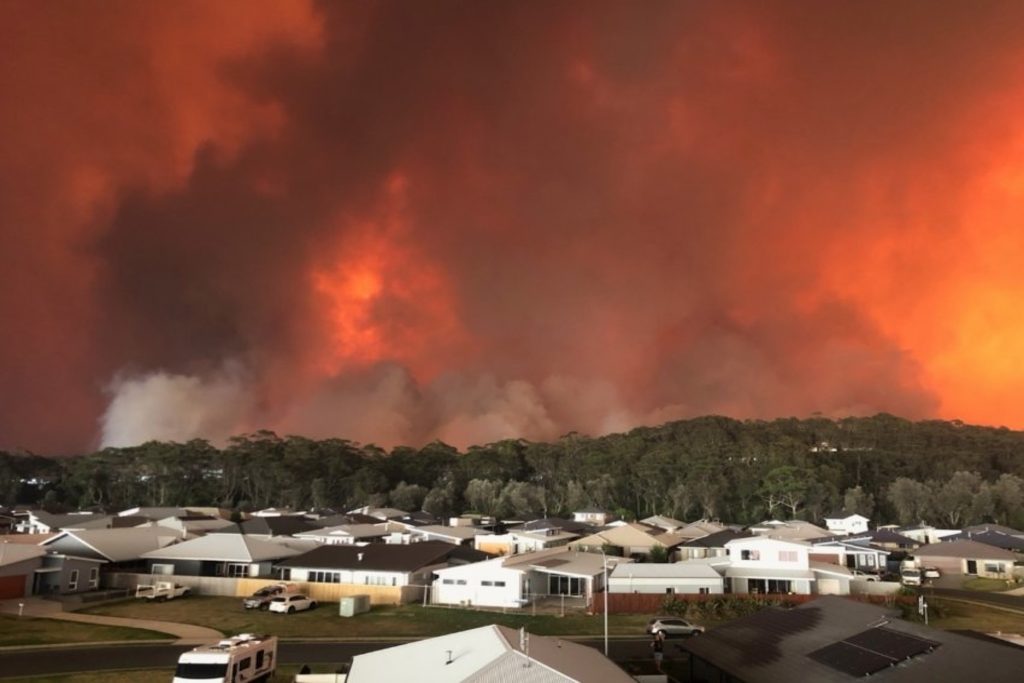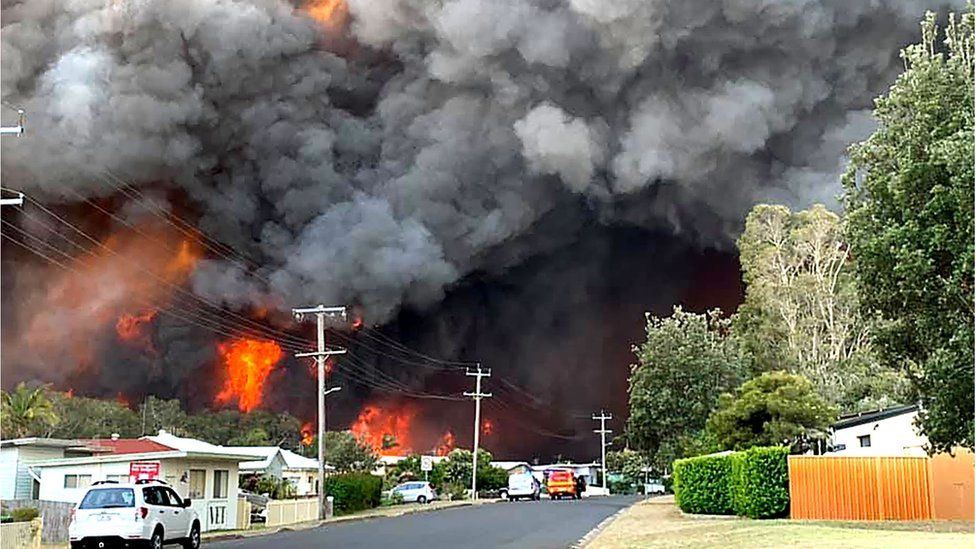Understanding Bushfire Readiness: The Duty of a BAL Assessment in Risk Reduction
Wiki Article
The Importance of Bushfire Management in Fire Protection
In the realm of fire security, the relevance of reliable bushfire administration can not be underrated. As areas globally face raising circumstances of wildfires, the aggressive strategy to avoiding and alleviating these all-natural calamities via strategic bushfire administration techniques has arised as an essential aspect. Past the immediate danger to human life and building, the interaction between bushfire management and ecological preservation, neighborhood participation, and climate adjustment postures complex obstacles that need thorough options.Relevance of Proactive Bushfire Avoidance
Positive bushfire avoidance techniques are crucial in alleviating the ruining effects of wildfires on ecological communities and communities. One key aspect of positive bushfire avoidance is gas monitoring.Educating the public on fire safety methods and advertising neighborhood recognition about the relevance of bushfire prevention are crucial parts of proactive strategies. Ultimately, proactive bushfire prevention plays a substantial duty in securing neighborhoods and environments from the destructive influences of wildfires.
Duty of Neighborhood Engagement in Fire Protection
Involving the neighborhood in fire protection efforts is integral to enhancing the effectiveness of proactive bushfire prevention strategies. Community engagement plays a critical function in cultivating a cumulative understanding of the risks positioned by bushfires and the value of readiness procedures. By involving regional citizens, authorities can disseminate vital info ablaze security techniques, emptying treatments, and early warning systems, encouraging people to take proactive actions to safeguard their homes and lives.Additionally, area engagement efforts aid build resilience within neighborhoods, promoting a feeling of unity and shared duty in mitigating fire risks. With workshops, training sessions, and neighborhood occasions, homeowners can learn how to produce defensible areas around their homes, lower fire gas tons, and recognize potential threats. By cultivating a culture of readiness and cooperation, communities can strengthen their capacity to respond properly to bushfire emergency situations, minimizing the influence on residential or commercial properties and lives. Ultimately, area engagement is a cornerstone of comprehensive fire protection strategies, emphasizing the importance of cumulative activity in guarding prone locations from the danger of bushfires.
Significance of Wild Animals Conservation in Bushfire Management
Conservation of wild animals plays a critical function in effective bushfire monitoring methods, making sure the security of diverse ecosystems and biodiversity in fire-prone areas. Wildlife conservation is vital as it adds to the total resilience of environments, aiding in their capability to recuperate and hold up against from the effect of bushfires. By conserving environments and securing numerous types, the all-natural balance within these ecological communities is maintained, which is essential for their long-lasting wellness and sustainability.Additionally, wild animals preservation additionally assists in decreasing the risk and strength of bushfires. Healthy ecosystems with unspoiled wild animals populaces can act as natural firebreaks, reducing the spread of fires and restricting their damaging capacity (BMP). Particular pet types, like delving animals or birds that spread seeds, play distinct functions in helping or protecting against fires in the post-fire regeneration of habitats
Integrating wild animals conservation into bushfire monitoring strategies is not just important for safeguarding biodiversity but likewise for promoting the total wellness and strength of ecological communities when faced with enhancing fire hazards.
Benefits of Strategic Fuel Decrease Programs
Purposefully implementing gas reduction programs is vital in reducing the risk and directory impact of bushfires in fire-prone areas. These programs entail regulated burning, mechanical cleaning, and various other techniques to lower the quantity of combustible plants readily available to fuel wildfires. By strategically decreasing fuel lots in crucial areas, such as close to property communities or vital infrastructure, the strength and spread of bushfires can be dramatically lowered.Among the key advantages of gas reduction programs is the enhancement of overall fire durability in an ecosystem. By developing tactical fuel breaks and decreasing the continuity of vegetation, these programs assist to interrupt the course of a bushfire, making it less complicated for firefighters to extinguish the blaze and consist of. Additionally, gas reduction programs can shield biodiversity by stopping excessively extreme fires that can devastate environments and threaten wild animals populaces.
In addition, these programs can likewise safeguard human lives and home by lowering the danger of tragic fires that position a substantial risk to areas. Eventually, strategic gas reduction programs play an important duty in aggressive bushfire monitoring and promoting a safer setting for both people and nature.
Influence of Environment Adjustment on Bushfire Danger

Greater temperature levels lead to drier greenery, making it much you could check here more vulnerable to ignition. Minimized rains in specific areas lengthens drought problems, even more boosting the flammability of the landscape. Furthermore, the changing environment has changed wind patterns and climatic conditions, causing even more erratic fire habits and quick fire spread.
As the climate remains to change, the frequency and strength of bushfires are expected to climb, requiring a positive and flexible approach to bushfire management. Approaches should progress to make up the changing risk landscape, including environment projections and thinking about lasting strength in fire management planning. Addressing the impact of environment change on bushfire danger is crucial in developing efficient approaches discover this to safeguard lives, property, and the environment.
Conclusion
In final thought, positive bushfire prevention, community engagement, wildlife preservation, strategic gas decrease programs, and factor to consider of environment modification are vital parts in reliable fire security. By executing these methods, we can better take care of bushfire threats and protect both human lives and the environment. BMP. It is crucial that stakeholders interact to focus on these actions to reduce the damaging impact of bushfires on neighborhoods and ecological communities

As the climate continues to change, the frequency and intensity of bushfires are anticipated to climb, demanding a flexible and aggressive method to bushfire administration.In final thought, positive bushfire avoidance, community engagement, wildlife preservation, critical gas reduction programs, and consideration of climate modification are crucial components in efficient fire defense.
Report this wiki page